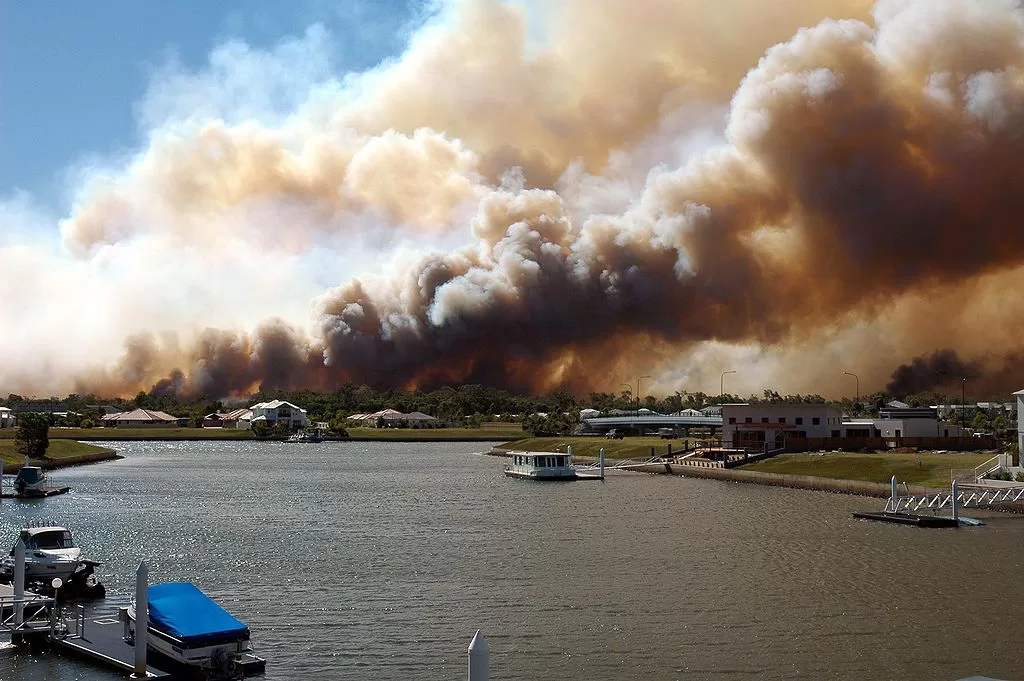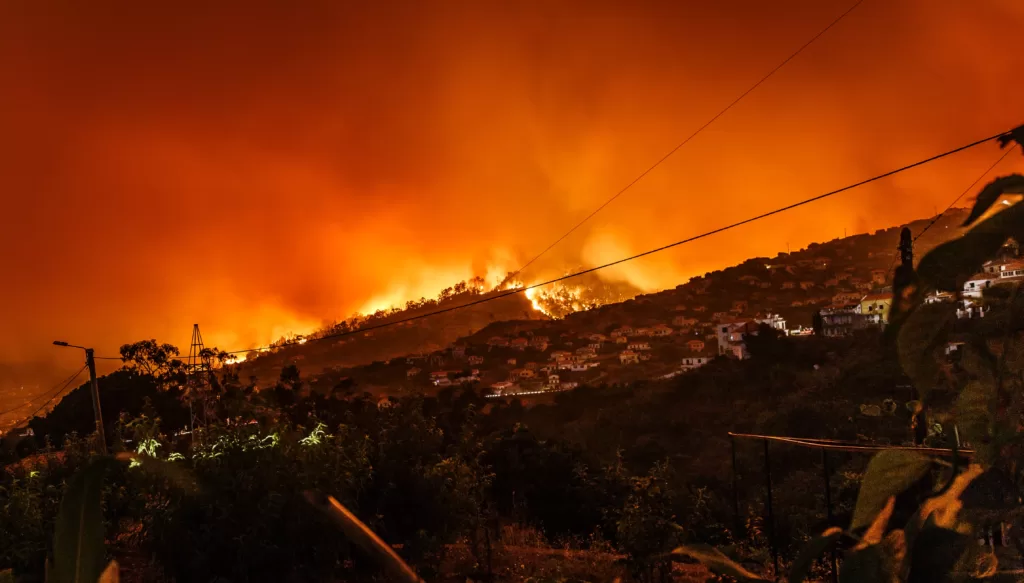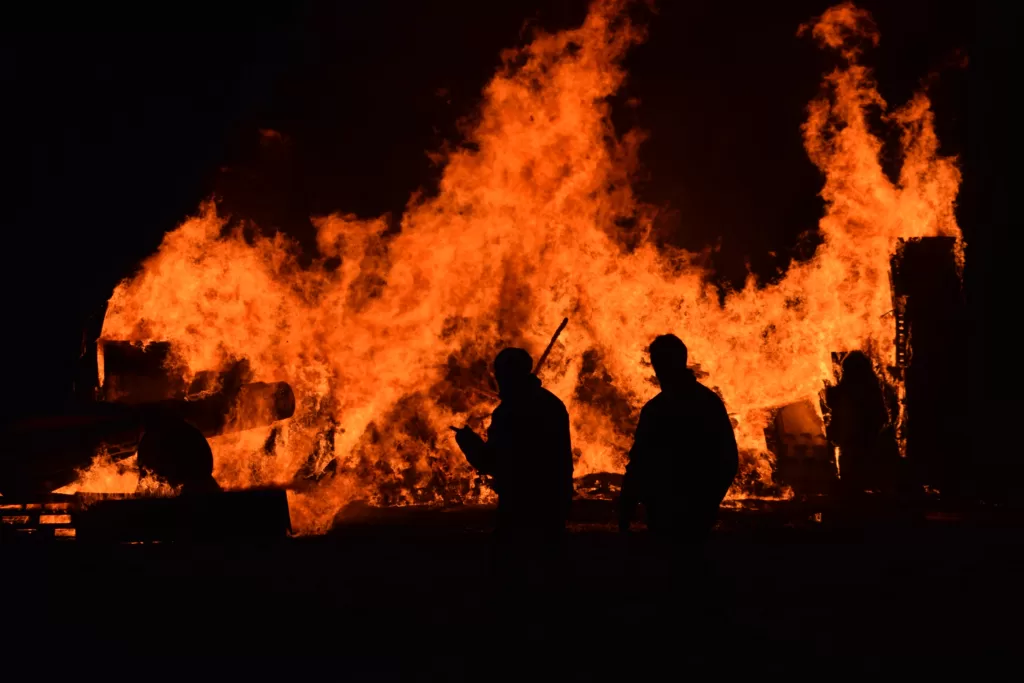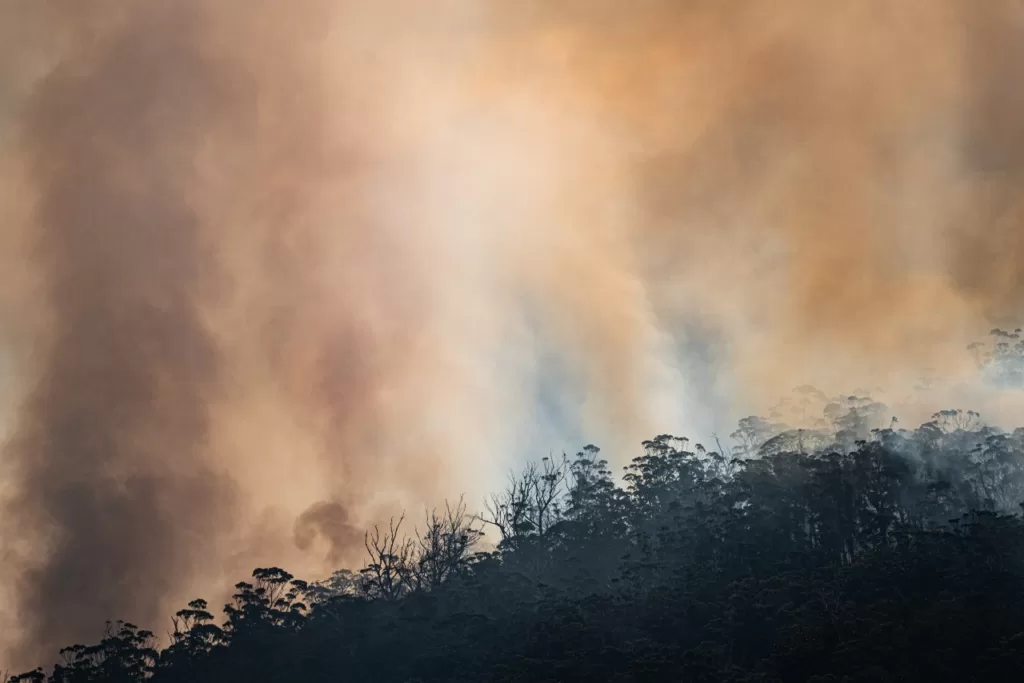Summer holidays in Australia are not what they used to be due to climate change and the increasing threat of bushfires.
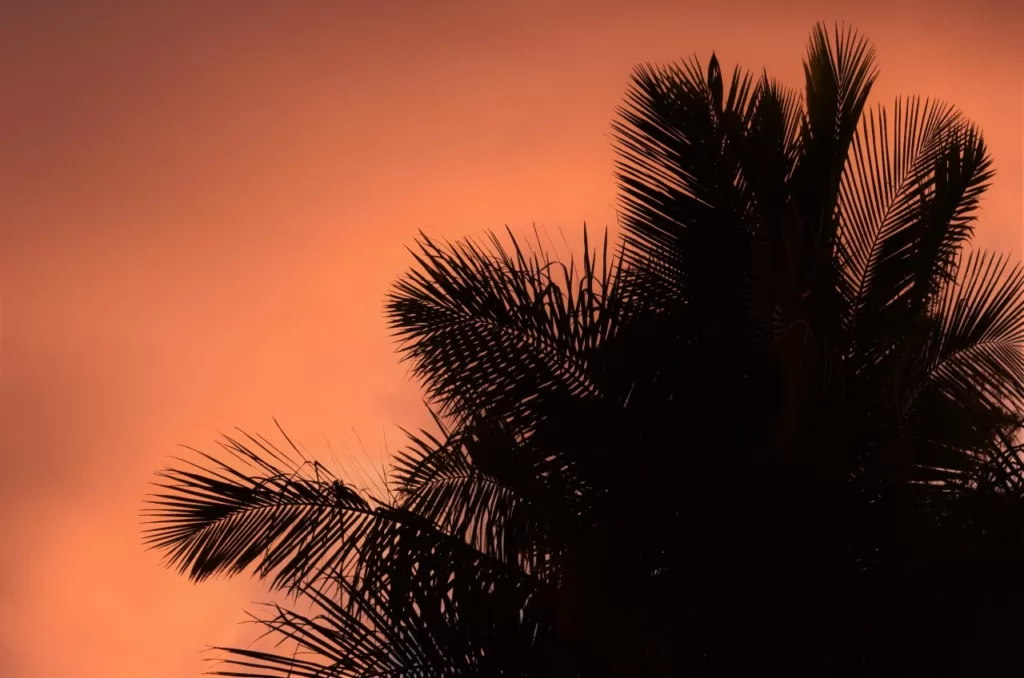 For Australians set to holiday, here is an increased need to plan, and prepare, for more extreme summers. : Ch P via Unsplash (https://tinyurl.com/ywd7zc4c) Unsplash Licence
For Australians set to holiday, here is an increased need to plan, and prepare, for more extreme summers. : Ch P via Unsplash (https://tinyurl.com/ywd7zc4c) Unsplash Licence
Summer holidays in Australia are not what they used to be due to climate change and the increasing threat of bushfires.
This time four years ago, before the heartbreak of lockdowns and forced separations, my husband and I were preparing to go on holiday.
Maybe you were too.
We were heading to our favourite coastal destination in eastern Australia, our final break before becoming parents. We’d packed board games and bathers and books, and were looking forward to relaxing and forgetting the worries of the world.
Maybe you were too.
We were in for a rude shock. We would instead welcome 2020 by fleeing the place we love, as it was engulfed by smoke and flames.
Maybe you did too.
The fires, smoke haze and trauma from 2019-2020 Black Summer affected 80 percent of the Australian population. The inferno that brought in the new decade caused unimaginable damage to property and ecosystems, not to mention the human lives lost and forever changed.
So as we head into another potentially dry summer, you might be asking the same question as us — are we ready to do it again?
The set-up this summer
After the catastrophe of Black Summer, the world was not only plunged into COVID but into a rare triple-dip La Niña.
The warm ocean temperatures in the western Pacific Ocean during 2020–2022 primed Australia’s atmosphere for increased rainfall, and floods became our main concern rather than fires.
But this year, things have turned dry once more. August to October 2023 was Australia’s driest three-month period at any time of year since at least 1900.
Although three years of good rain means plenty of moisture in the soil, it also means a lot of plant growth, so lots of fuel to burn. Fires have already destroyed more than 60 homes in Queensland, Tasmania, and Western Australia in recent weeks.
The major drivers behind this return to dry are La Niña’s brother, El Niño, and relatively cooler than normal ocean temperatures off the coast of Indonesia, also referred to as a positive Indian Ocean Dipole.
Both ocean patterns have their greatest impact on Australia’s rainfall during spring, but are generally associated with more severe bushfire seasons and drier summers for much of the country.
Late November rain across the country have eased the risk a little, but drought continues in much of eastern New South Wales and into southern Queensland.
If you overlay a map of the current drought-affected areas with a map of regions burnt during Black Summer, there are some depressing similarities.
AFAC, the national council for fire and emergency services, says in its summer outlook that there is still an increased fire risk for large areas of Queensland, NSW and the NT, as well as popular holiday locations in Tasmania, Victoria, SA and WA.
The Bureau of Meteorology is also forecasting a drier than average summer for much of Western Australia and Queensland.
The recent rains won’t undo the record-breaking dry conditions of early spring, and high summer temperatures could quickly crispen the abundant plant growth of the past three years, increasing fuel loads.
While the outlooks aren’t as dire as 2019–20, this summer has the greatest bushfire risk since that terrifying start to the year. As AFAC boss Rob Webb said, “We really must treat summer with respect”.
The unavoidable role of climate change
Although a relationship between a warmer world and more fire seems obvious, it is tricky to untangle the precise influence of human-induced climate change on bushfires, because there are so many ingredients required.
Climate change is certainly making things hotter, which means more evaporation and drier fuel, hotter and more frequent heatwaves, and more volatile bushfire weather.
Studies looking at the past 40 years already show a clear increase in metrics used to quantify bushfire risk, such as the length of the season, and the Forest Fire Danger Index, which combines details about how dry the landscape is and the weather conditions likely to produce a blaze.
Explorations of future climate using computer simulations also point to an increase in fire weather as things continue to get hotter and drier.
But how a hotter planet affects swings between wet and dry — the biggest deciding factor in Australia’s year-to-year bushfire risk — is still unclear.
A recent study of past climate using tree rings, coral skeletons and ice cores suggest the set-up which led to Black Summer has been more common in recent decades compared to the past 400 years. However, more work is needed to understand why this might be, and what the future may hold.
The impact of climate change on the crucial weather systems is also a big area of research: how does a hotter planet influence the storms that light the fires with dry lightning and the fronts that fan the flames once they are lit?
These wicked research problems are scientifically fascinating, but don’t really calm us as we move into a warmer world.
Christmas Day in the sunshine
Four years on, our holiday packing list looks pretty different. Bluey now instead of board games, floaties to accompany bathers, but still, plenty of books.
Among the pile of children’s books is a new release about all the things that make an Australian Christmas. One page features a car driving along the highway, green trees in the foreground but smoke billowing at the back. “Check on bushfires we can’t see on the local ABC”, the rhyme advises, “so we know we’ll get there safely”.
Seeing our harrowing 2019 experience in a kids’ book hits home like no scientific article can. Summer in Australia doesn’t mean what it used to. The summers our children are having aren’t the same as the ones we had.
There’s still family and friends, fun and love. But there is also an increased need to plan, and prepare, for more extreme summers. To holiday differently, as our precious places are no longer places where we can afford to forget about the worries of the world. The worries are coming to us.
So, we’re also packing our updated bushfire plan this summer. And preparing to have some uncomfortable conversations with family members about why action on climate change is so, so important.
Maybe you are too.
Dr Linden Ashcroft is a Lecturer in Climate Science and Science Communication at The University of Melbourne.
Originally published under Creative Commons by 360info™.


